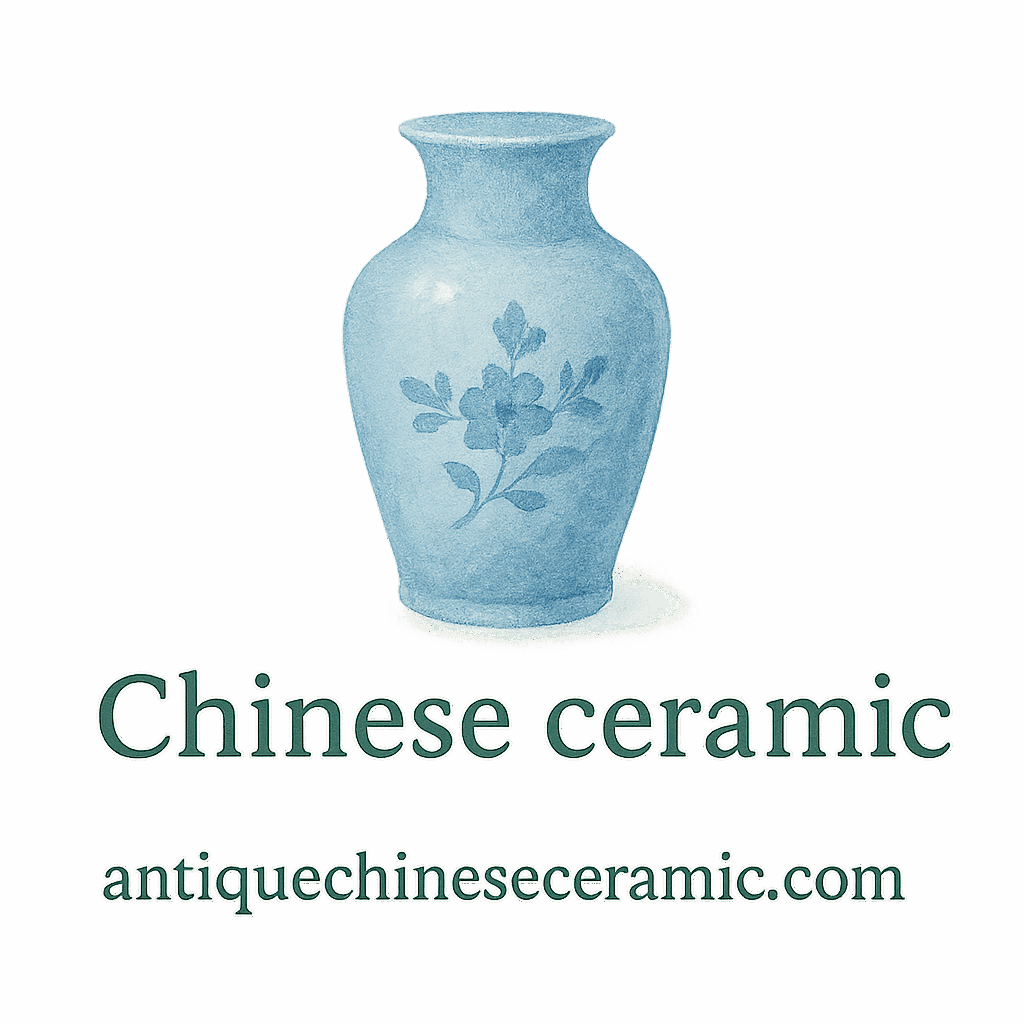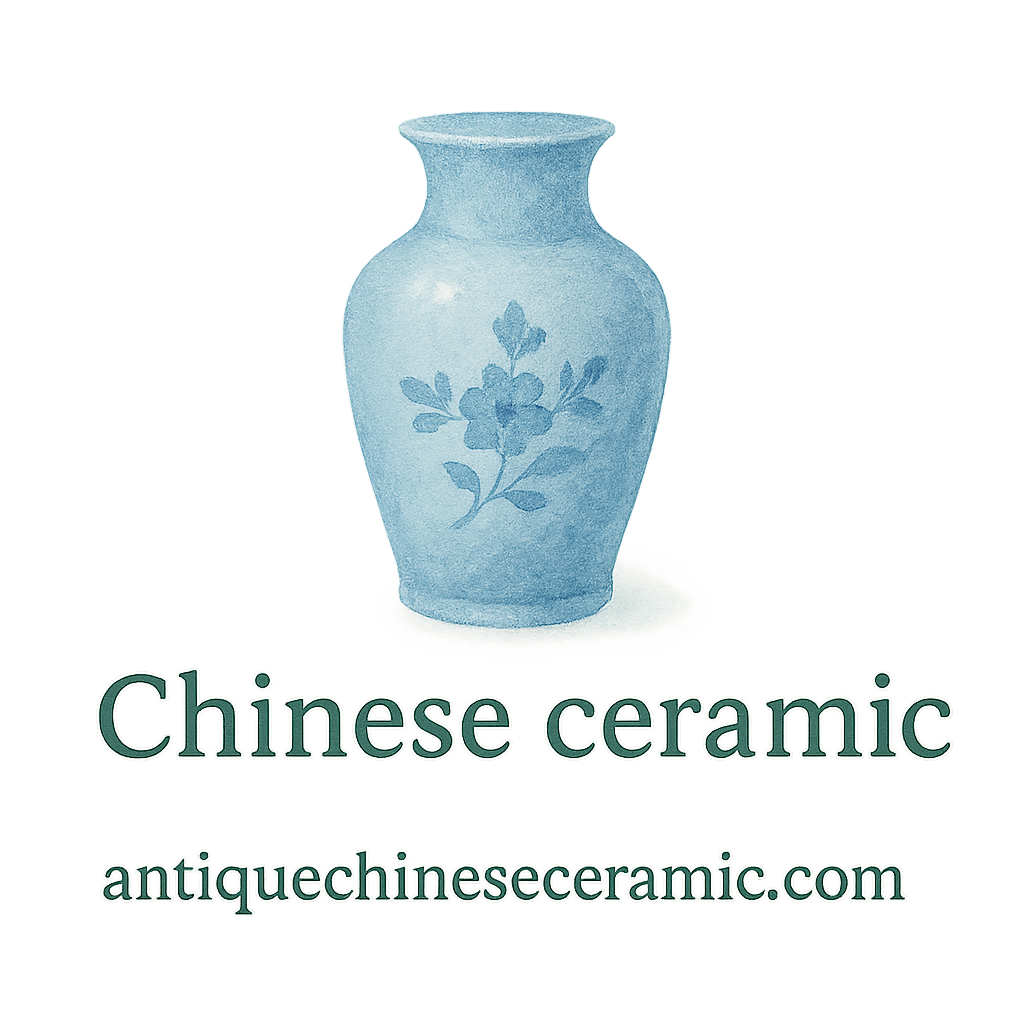Collecting Antique Chinese Ceramics is a passion for many. Whether you’re new to this world or have shelves full of priceless porcelain, there’s one thing all collectors fear: cracks. They can sneak in silently and devastate your treasured collection. But don’t worry — with a few smart precautions, you can keep your ceramics pristine for generations.
Let’s walk through 10 essential tips to keep your antique ceramics safe from cracking.
Understanding the Fragility of Antique Chinese Ceramics
Before diving into prevention, let’s understand why these beautiful items are so delicate. Many pieces date back hundreds of years, created using historic methods that differ vastly from today’s techniques. Their materials, glaze, and structure make them vulnerable to environmental changes, mishandling, and time.
For a detailed dive into their historical makeup, explore this helpful history of antique Chinese ceramics.
Why Cracks Form in Antique Ceramics
Cracks usually result from one of three things:
- Sudden changes in temperature or humidity
- Improper handling or storage
- Aging materials and structural fatigue
Once a crack appears, reversing the damage is difficult and expensive. So, prevention is key.
1. Store in a Controlled Environment
Environmental control is your ceramic’s best friend.
Temperature Stability
Keep temperatures stable — ideally around 65°F to 75°F (18°C to 24°C). Sudden heating or cooling causes expansion and contraction, stressing the ceramic and making it prone to cracking.
Humidity Matters
Humidity is just as critical. Aim for 45–55% relative humidity. Too dry, and the ceramic dries out and weakens. Too humid, and moisture seeps into the glaze.
Ideal Conditions for Storage
Set up a room with low light, good ventilation, and climate control. Avoid storing pieces in attics, basements, or near windows.
For more insights on proper care, check out this detailed guide on ceramic preservation.
2. Avoid Direct Sunlight
Sunlight isn’t just harsh on skin — it’s harsh on ceramics too.
UV Damage to Ceramic Glaze
Ultraviolet rays can degrade the glaze, causing crazing (tiny cracks in the surface). This not only looks unsightly but also weakens the structure.
Fading and Microfractures
Sun exposure can cause color fading and microfractures. These small cracks often go unnoticed until it’s too late.
Try placing ceramics in shaded display areas or using UV-filtered glass cabinets.
Visit the ceramic care tag for more tips on protecting from light damage.
3. Handle with Clean, Dry Hands
Seems obvious, right? But it’s often overlooked.
Oils and Moisture Can Cause Damage
Natural oils and sweat from your hands can react with ceramic surfaces, leading to staining or weakening the glaze over time.
Always handle with clean, dry hands, or better yet, cotton gloves.
See more on the identification and care of antique ceramics.

4. Use Proper Display Supports
The way you display your ceramics matters just as much as where.
Why Flat Surfaces Aren’t Always Safe
Flat surfaces may seem safe but can cause pressure points on the ceramic’s base. That’s a crack waiting to happen.
Padded Mounts and Plate Stands
Use padded stands or custom mounts to cushion and distribute weight evenly. Avoid wire stands — they can scratch or stress the ceramic’s edges.
Browse helpful products and suggestions under the collecting tag.
5. Keep Away from Vibrations and Shocks
Ceramics don’t like to be shaken — they’re not martinis.
Dangers of High-Traffic Areas
Avoid placing items on shelves near doors, windows, or floors with heavy foot traffic. Vibrations from slamming doors or even city traffic can cause hairline cracks.
Consider a display case with anti-vibration pads.
6. Rotate Pieces During Display
Even beautiful things need a break.
Even Exposure Reduces Risk
Leaving the same item out for too long in one spot increases exposure to light, dust, and environmental changes. Rotating your display helps spread wear evenly.
This is especially true for painted or glazed ceramics, where sun exposure can fade intricate designs.
Check the auction tag for seasonal display and rotation ideas from collectors.
7. Clean with Caution
Cleaning is necessary — but one wrong move can do more harm than good.
Avoid Household Chemicals
Say no to bleach, soap, or commercial cleaners. They can damage both the surface and internal structure of ceramics.
Proper Cleaning Techniques
- Use a soft brush or microfiber cloth
- Clean only with distilled water
- Pat dry gently — never rub
You’ll find more methods under the cleaning tag and methods tag.
8. Watch Out for Seasonal Changes
Seasons change — and so does your indoor environment.
Expansion and Contraction Risks
Antique ceramics, especially those with intricate glazes, are vulnerable to thermal changes. Winter heating and summer humidity swings can result in expansion or contraction, leading to hairline cracks.
Use a hygrometer and climate control system year-round.
Dive deeper into seasonal risks on our preservation page.
9. Invest in Professional Appraisal and Restoration
Don’t wait for cracks to appear before taking action.
Spotting Cracks Before They Worsen
A professional appraiser or restoration expert can spot early signs of cracking, often invisible to the untrained eye.
Check out expert advice at the appraisal tag and valuation resource.
10. Educate Yourself on Ceramics Preservation
Knowledge is power — especially when it comes to antique collecting.
Learn from Reputable Resources
Dive into articles, attend webinars, or read up on timeline and dynasties to understand your pieces better.
Join Collecting Communities
You’ll find collectors willing to share insights on storage, cleaning, and insurance. Engaging with others can help you avoid beginner mistakes.
Stay in the know via the collecting section and heritage tag.
Final Thoughts on Preventing Cracks
Antique Chinese ceramics are more than just collectibles — they’re pieces of cultural heritage. By taking these precautions, you’re not only preserving their beauty but also honoring centuries of craftsmanship.
Whether you’re storing, cleaning, or displaying, every decision counts. So be thoughtful, gentle, and always keep learning. Your future self (and your collection) will thank you.
For a wide range of guides and expert resources, don’t forget to visit antiquechineseceramic.com.
FAQs
1. What is the ideal temperature to store antique Chinese ceramics?
Keep it between 65°F to 75°F (18°C to 24°C) to avoid thermal shock.
2. Can I use soap to clean my ceramics?
No, avoid soap or any harsh chemicals. Use only distilled water and a soft cloth.
3. Are hairline cracks repairable?
They can be stabilized, but professional restoration is usually required.
4. Why are padded mounts better than regular stands?
They distribute weight evenly and prevent pressure that can lead to cracks.
5. How do I spot early signs of cracking?
Look for faint lines under bright light or consult an expert for appraisal.
6. Should I insure my antique ceramic collection?
Absolutely. It protects against loss, damage, or theft.
7. Where can I learn more about my specific ceramic piece?
Start by exploring antiquechineseceramic.com/identification for expert breakdowns.


